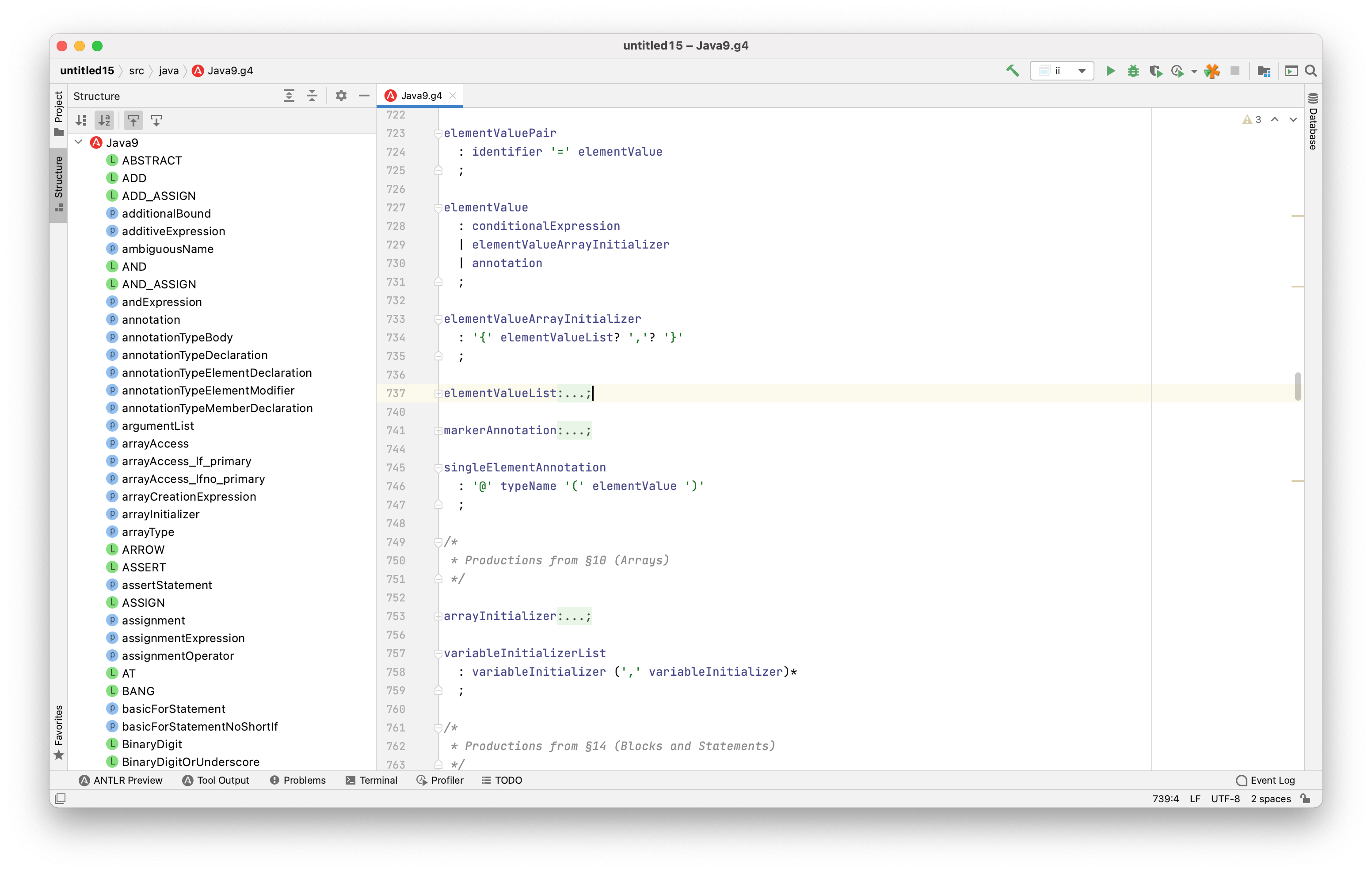
Steps to setup stack are on the stack website. Packages are installed into /opt/ghc/bin and /opt/cabal/bin Sudo add-apt-repository -y ppa:hvr/ghc sudo apt-get update sudo apt-get install -y cabal-install-XXX ghc-YYY Instead you will have to install it manually, see the release page, unless you use VSCode, which bootstraps everything automatically. Note: haskell-language-server isn’t packaged by most distributions. In either case, consider using GHCup instead. Sometimes the GHC packages are a bit outdated as well. Note: Most linux distros don’t allow different versions of GHC to be installed in parallel. For convenience, below are a few distribution specific instructions, outlining 3rd party repository use as well. Refer to your distribution package manager documentation.


Then, follow the instructions below to get the runtime environment available to your system to run generated parsers/lexers. Even if you only use such tools for editing, they are great. The first thing you should do is probably download and install a development tool plug-in. Even if you are using the ANTLR Intellij plug-in or ANTLRWorks to run the ANTLR tool, the generated code will still need the runtime library. InstallationĪNTLR is really two things: a tool that translates your grammar to a parser/lexer in Java (or other target language) and the runtime needed by the generated parsers/lexers.

Hi and welcome to the version 4 release of ANTLR! It's named after the fearless hero of the Crazy Nasty-Ass Honey Badger since ANTLR v4 takes whatever you give it-it just doesn't give a crap! See Why do we need ANTLR v4? and the preface of the ANTLR v4 book.


 0 kommentar(er)
0 kommentar(er)
